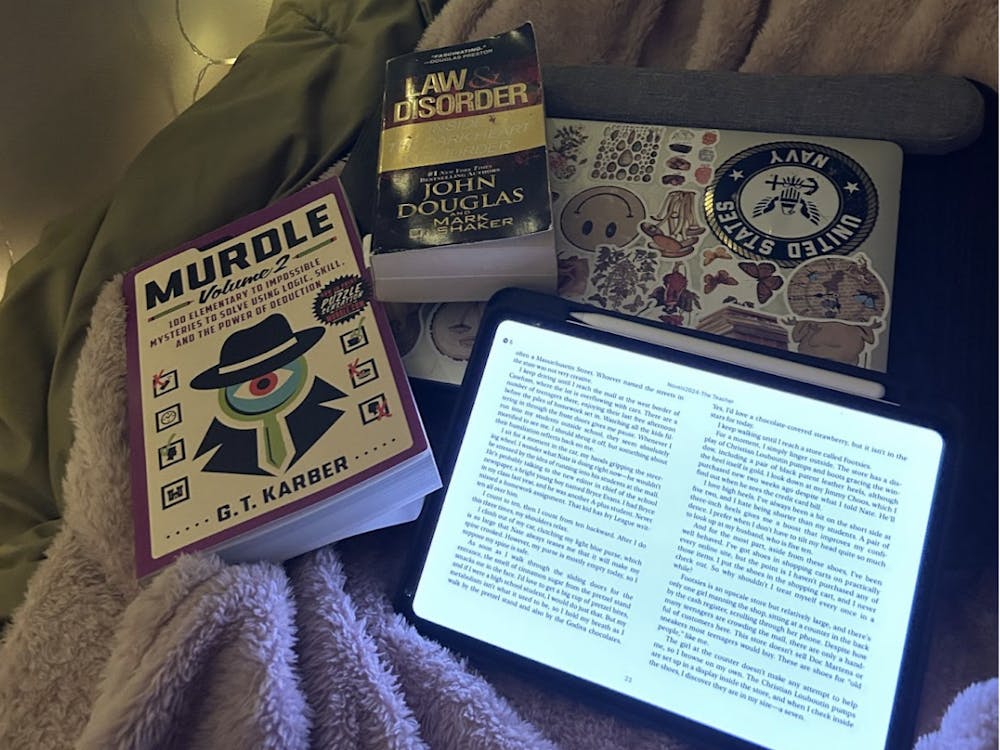Fashion is a language and, whether you shout at the world about who you are in bold red and leather jackets or whisper in a soft harmony of pastels and feminine silhouettes, you need to know the grammar. Or do you?
A brief retrospect shows a clear link between identity and fashion choices. The queens and kings of the past didn’t dress like commoners and call it “peasant chic.” Don’t wear a headband and a braided beard in 1960s if you’re not for free love and against the Vietnam War. A girl wearing that shade of bloody rouge lipstick must be a streetwalker. Only people with provincial taste don’t match their shoes and bags in color. May I ask in which prison did you get that lovely tattoo?
But times have changed, as they tend to do. Queen Elizabeth wearing gray skinny jeans doesn’t even surprise anyone. Okay, okay, just kidding with this one, yet I can’t help but notice (my Carrie Bradshaw moment right here) that the meanings and the lines of acceptable have become rather blurry (luckily just talking about fashion, Mr. Thicke).
So, is fashion language nowadays lacking in obscenities and metaphors, character and poise? Is it spoken by fewer and fewer people? Is the fashion language dead?
The Creation of an Identity
“Understanding that people are always a worse version of who they want to be is a way of loving them.” - Spencer Madsen
Whatever aesthetic you’re after springs from who you want to be... or at least from how you want to seem. Identity creation is heavily influenced by culture and environment, whether it’s a Lynch heroine or a professor-lady crush. It adds references to your fashion talk. Consistency is key. Details are essential. Just ask Wintour’s bob or Lagerfeld’s cat.
It’s common to assume that fashion choices are about who we are, but actually it’s a wannabe’s game. In life you can fail to become, but in fashion you can’t fail to seem. Every choice is a sum of fragments you wanted to steal from others’ identities, their stories you wanted to live.
Well, at times who we want to be says more about ourselves than who we are, doesn’t it?
The Destruction of an Identity
After a while your friends start calling certain styles “Oh my God, so you,” and you begin to think that your fashion identity has become too predictable to reflect your true self. You want to stop identifying with what you wear.
Only you can’t. Everyone is playing the game of judging by the look. There is only one way to remain an enigma: confuse the hell out of everyone.
There is a technique in modern literature called “writing like switching TV channels”: “The sky is changing color. Riot” or “I am sad. Just like Picasso’s museum in the rain.” It’s a great way to keep the intolerant contemporary reader interested. Apply it to fashion.
Your rules can be “there are no rules.” Mix it all together. Be a hippie, a queen and a peasant at the same time. Why choose between leather and satin or between two patterns when you could choose both and revel in an overdose of references and styles? Borrow from everyone yet steal no one’s image. This is the only way to escape the burdensome “this is so you.”
Ms. Alexa Chung practices this technique with great success: she wears everything from ballet flats and pink dresses to jeans shorts and all sorts of “ugly” shoes. She is the “confuser.” And also the It-girl of our confused times.
The Dangers of Fashion Language
“A student activist came into my European History class today to talk about the documentary he made about homeless people in NYC. After he left people talked stuff about his shoes.”
Underneath all the flairs and flower crowns, fashion language is filled with deadly dangers. One of them is the overvalued stock of fashion talk. Oftentimes, just like in the quotation, it even deems what you have to say irrelevant. When Russell Brand talked about Gandhi and Che, the journalists heard “boots and tight pants.”
But the fashion world is moving on from meanings and messages. Fashion has transformed from something similar to literature where every scene has a message, into art where the very image, deprived of a message, stands for itself; from symbols and metaphors into the abstractly visual.
So is it dead?
You approach a guy wearing an AC/DC T-shirt hoping to travel the highway to hell with him, but it turns out he just liked the tee in Forever 21. You think he is a fraud, but being a fraud is the trend. You don’t have to assume meaning, and he doesn’t have to put meaning into it.
Fashion language is dead; this is the time for fashion art. Tattoos and the absence of dress codes in the workplace are increasingly common. You certainly can create a consistent identity or be consistently unpredictable, but the next step is to stop using fashion for communication. No one has to align style with message. No one is “asking for it.” To hell, I say, with “creating a consistent brand for yourself!”
Hooray for style for the sake of style; bright and meaningless, sparkly and fun. Be light-headed and reckless in your fashion identity. Be postmodern; it’s in vogue.




